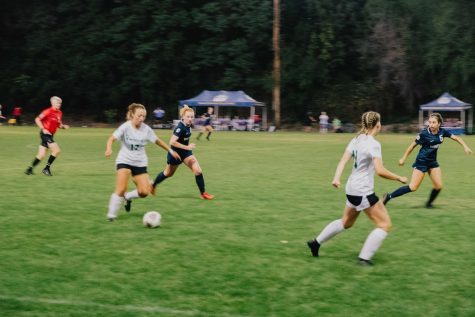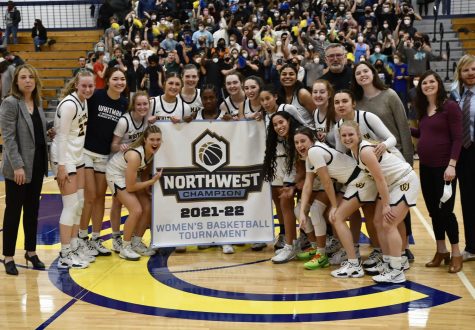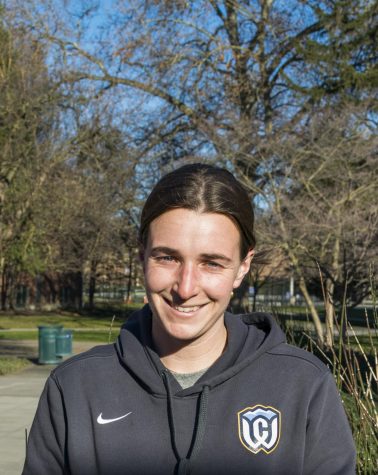Coping with an injury as a varsity athlete
March 5, 2020
Athletes here at Whitman College frequently sustain injuries. Regardless of severity, athletes continue to get both physically and mentally in shape during their treatments to prepare for their next season.
Strengthening an injured area is a long process to undergo, but with attention to the finer details, an athlete can work up to playing again. Another tactic for healing the body and strengthening the injured area is to rehabilitate the muscles so that functionality is not lost.
There is a place here at Whitman where varsity athletes can go to rehabilitate their injuries. At Sherwood Athletic Center, there is an athletic training room at the athlete’s disposal. Trainers engage with each and every one of the athletes as they undergo treatments and rehab.
For trainer and newcomer Anna Doyle, her job is much more than just helping athletes get better.
“It’s trying to care about the athlete more than just their injury,” Doyle said.
Doyle has had experiences with athletes whose injuries caused a negative domino effect in their personal lives. Although they are athletic trainers, Doyle and her two colleagues, John Eckle and Nate Fry, are able to make personal connections with the athletes. This allows them to check in with the mental health of an athlete, as well as get to know them and their lives outside of sports.
First-year Shaira Young sustained a torn ACL in a basketball game earlier this season and is working towards recovery so she can step back on the court next season. However, she acknowledges the process it takes in order to achieve that goal.
“During my process, I plan on focusing on one day at a time and doing all the little things right,” Young said. “I’m going to take it slow and won’t rush to come back and if I do everything right, I’ll be back by next season.”
While injuries not only affect an athlete’s physical presence and performance in their sport, it may also take a toll on their mental health. Young plans to stay on track and make progress, doing everything she is supposed to do to make progress in her rehab treatments. She emphasized the importance of maintaining mental well-being as well.
“I plan to focus on the positive side of things and just reach out to my family and teammates when I’m struggling,” Young said.
Coming back from an injury can be difficult. However, the passion for the game remains a strong motivation for Young to get through the tedious process of rehabilitation.
For Young, her ACL is only a setback, but by taking the necessary steps, she hopes to respond to adversity by stepping back on the court next season.
“It’s just going to make me hungrier because I missed out on the later part of the season which is the part that I really wanted to play in,” Young said.
Senior Emily Rigsby on the soccer team reflected on what it was like for her to adjust to an injury in her everyday life.
Rigsby also tore her ACL during the fall of her first-year season and had surgery right after.
“After that it made getting around campus really difficult,” Rigsby said. “I often was late to class or meetings because it took so long to walk around campus on crutches.”
Rigbsy was out for seven months.
“It was really difficult to have to sit out of the sport I loved,” Rigsby said.
Injuries can often negatively affect an athlete, but a torn ACL was not enough to stop Rigsby from coming back and continue playing.
“It’s important to remember that someday your body will be back to the ability you once had,” Rigsby said. “Especially if you keep up with physical therapy.
Both Young and Rigsby know what it is like to sustain an injury and have to go through the process in order to make their comeback to their respective sports.
“It might take a long time to recover, but it is important to take as much time as necessary to heal your body,” Rigsby said.







